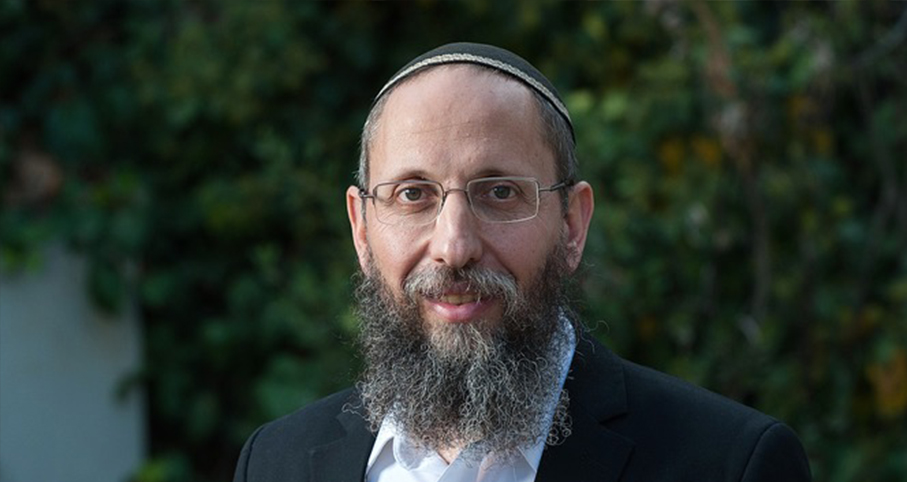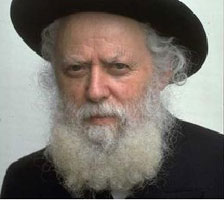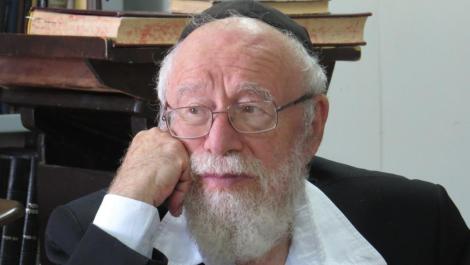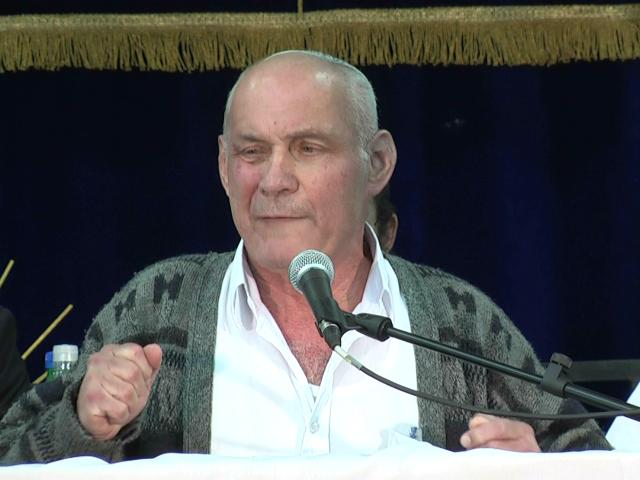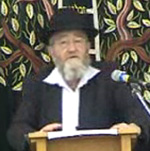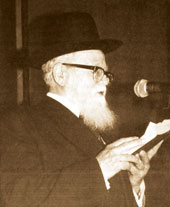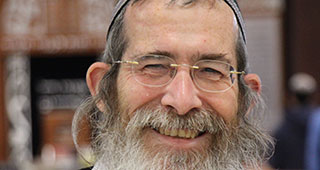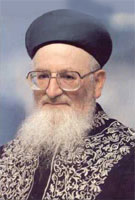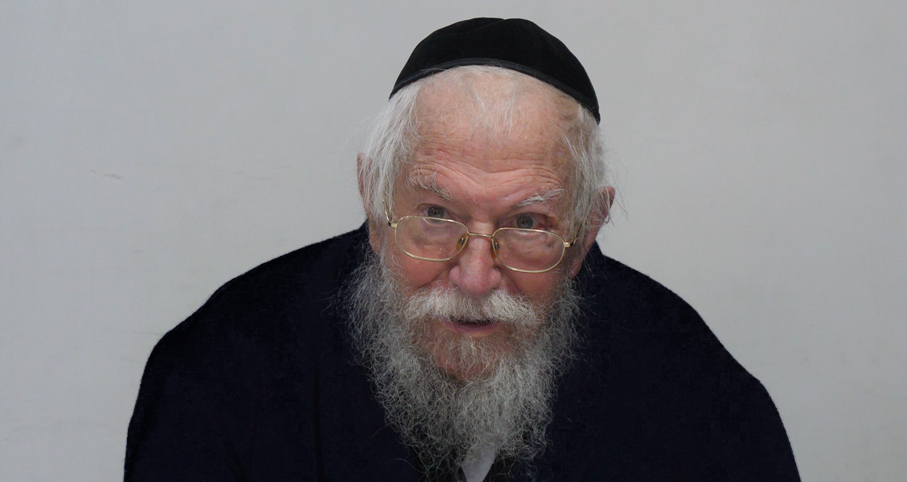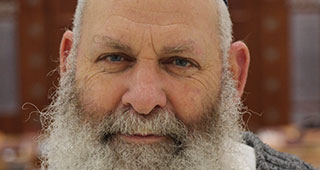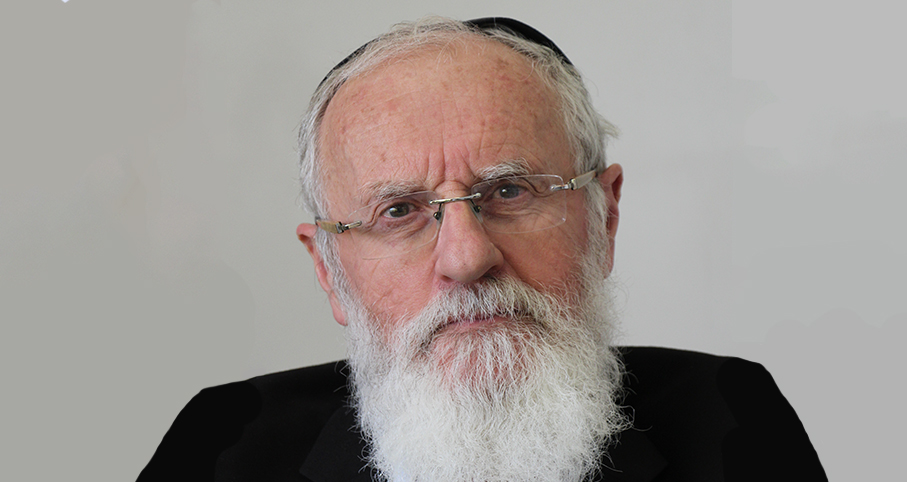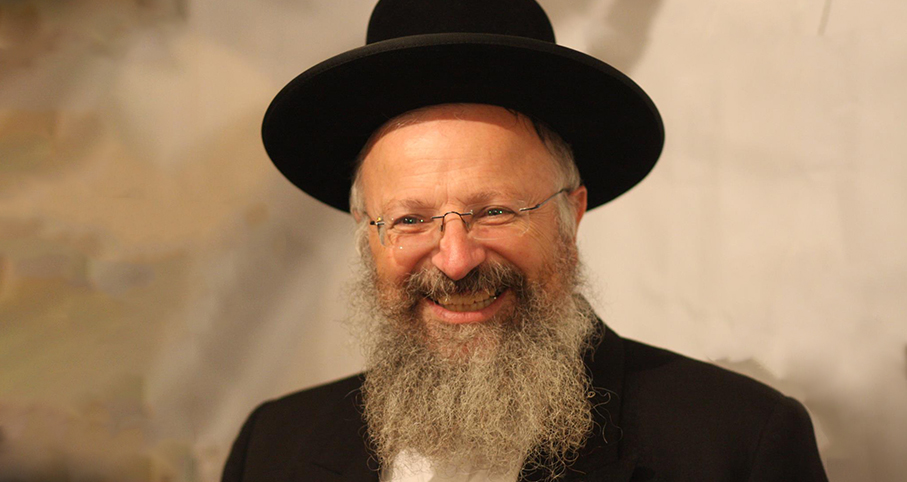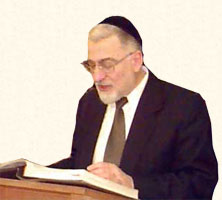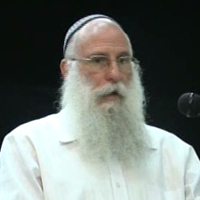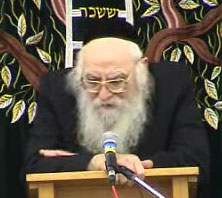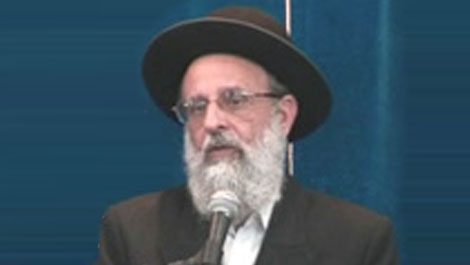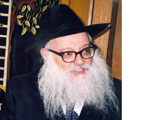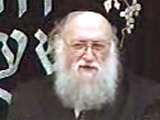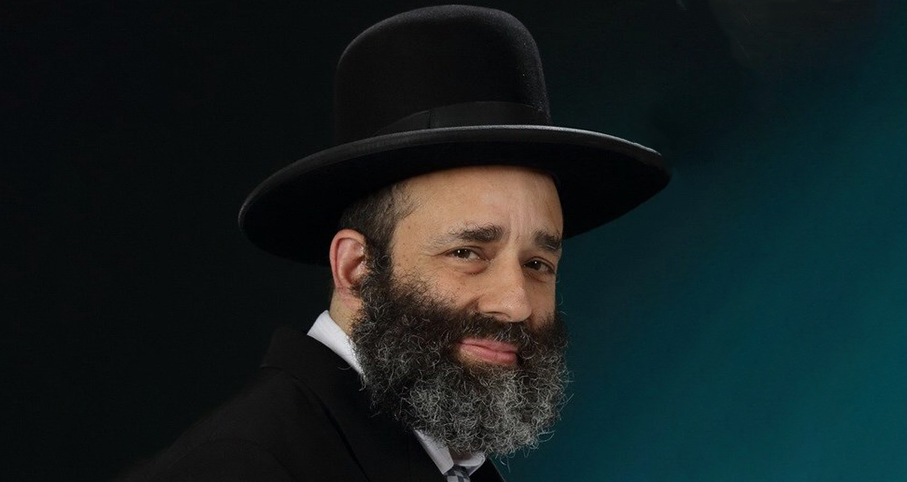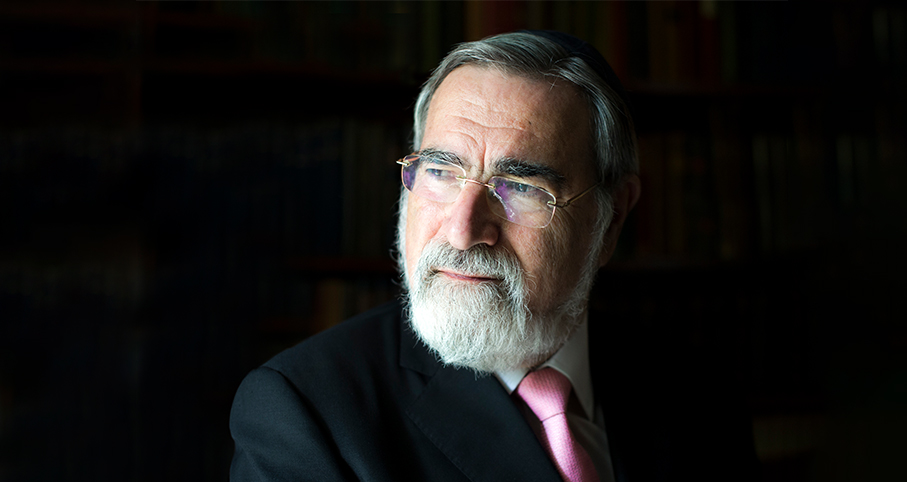Beit Midrash
- Sections
- Chemdat Yamim
- Bemare Habazak - Rabbis Questions
Answer: [We will divide our discussion into two. This week we will analyze the main sources and logic of the competing positions.]
There are two classical sources that are cited as the source that six men reciting Shemoneh Esrei in the presence of another four men in the room is considered tefilla b’tzibbur (davening with a minyan). The Rambam (Tefilla 8:4) describes chazarat hashatz, with everyone listening to a chazan, as the main element of tefilla b’tzibbur and then says that it is sufficient for six of the participants to be people who have not yet davened. We apply the rule of following the majority to set the character of the whole, and thus this is considered a minyan. Many see this as evidence that the Rambam holds that six people davening in the presence of ten is tefilla b’tzibbur (see Yechaveh Da’at V:7).
The Magen Avraham (69:4) says that while chazarat hashatz can be done for even one person who has not davened, it is preceded by a silent Shemoneh Esrei only if six men are presently davening. Several Acharonim (including Minchat Yitzchak IX:6, based on Shulchan Aruch Harav 69:5, and Mishna Berura 69:8) understand that the reason the silent Shemoneh Esrei before chazarat hashatz is justified is because it is considered tefilla b’tzibbur. Again, we ostensibly see that six is enough in this regard.
Apparently supporting the other camp, the Chayei Adam (19:1) says that the main element of tefilla b’tzibbur is having ten men davening Shemoneh Esrei together, as opposed to the misconception that a minyan for Kaddish, Kedusha, and Barchu suffices. This seems to indicate that six daveners plus four others present is not a fulfillment of tefilla b’tzibbur. Perplexingly, the Mishna Berura cites without comment both the Magen Avraham/Shulchan Aruch Harav (69:8) and the Chayei Adam (90:28). Members of the "lenient camp" explain the Chayei Adam as stressing that Kaddish/Kedusha/Barchu is not enough; by ten, he meant a majority of the ten men davening in the presence of the others.

Bemare Habazak - Rabbis Questions (627)
Rabbi Daniel Mann
255 - Serving as Chazan on the Shabbat Before a Yahrtzeit
256 - How Many People Together to Start Shemoneh Esrei? – part I
257 - Meaningless Suit
Load More
Rav Moshe (ibid. 28) points out that the Rambam is not relevant to our discussion, as he refers to chazarat hashatz in which all ten are actively involved. After all, listening to the chazan constitutes full participating in chazarat hashatz. Following the majority just solves the issue of the weaker connection of those who already davened. (Shulchan Aruch, OC 124:4 supports this distinction.) The Magen Avraham (/Mishna Berura) can be understood as being based on the quality of chazarat hashatz. If six obligated plus four others are doing so, it is complete enough to justify it being preceded by a preparatory silent Shemoneh Esrei, even though its participants are not credited with tefilla b’tzibbur.
Next week we will put things into halachic and philosophical perspective and give basic recommendations.

Ask the Rabbi: Rebuking Those Talking during Davening
Rabbi Daniel Mann | Elul 5785

Ask the Rabbi: Forgot to Remove Tefillin Before Musaf of Rosh Chodesh
Rabbi Daniel Mann | Kislev 5786

Ask the Rabbi: Using Replacement Mezuzot When They Are Being Checked?
Rabbi Daniel Mann | Av 5785

Ask the Rabbi: Erev Pesach That Falls on Shabbat
Rabbi Daniel Mann | Nisan 5785

Rabbi Daniel Mann

Bikur Cholim by Electronic Means
Shvat 1 5782

Reciting Borei Nefashot on Food When One Will Still Drink
Sivan 3 5780

Tazria Metzora Question
5772


